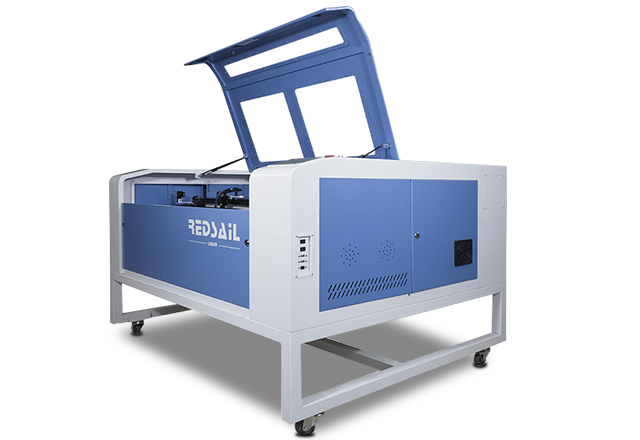Understanding CO2 Laser Engraving Materials: What You Need to Know
CO2 laser engraving is a versatile and widely used method for creating intricate designs and patterns on various materials. From wood and acrylic to glass and leather, CO2 lasers can engrave almost any material with precision and detail. In this article, we will delve into the world of CO2 laser engraving materials, providing you with essential information to help you choose the right materials for your laser engraving projects.
1. Different Types of CO2 Laser Engraving Materials
a. Wood:
– Wood is one of the most popular materials for CO2 laser engraving due to its versatility and aesthetic appeal.
– Various wood types such as birch, cherry, and walnut can be engraved with CO2 lasers.
– Bold designs and intricate patterns can be achieved on wood, making it suitable for personalized gift items and decorative purposes.
b. Acrylic:
– Acrylic is another widely used material for CO2 laser engraving.
– It is available in various colors and thicknesses, allowing for a wide range of design possibilities.
– Acrylic engraving produces a clean and polished look, perfect for signage, jewelry, and promotional items.
c. Glass:
– Engraving on glass with a CO2 laser can create stunning and elegant designs.
– From wine glasses and tumblers to mirrors and vases, glass engraving adds a touch of sophistication to any object.
– Laser-engraved glass makes a popular choice for wedding favors, corporate gifts, and personalized awards.
2. Factors to Consider When Choosing CO2 Laser Engraving Materials
a. Material Thickness:
– Different materials have different thickness limitations when it comes to laser engraving.
– It’s crucial to choose materials with appropriate thickness to ensure successful engraving and avoid damaging the laser equipment.
– Consult the manufacturer’s guidelines or conduct tests to determine the maximum thickness your CO2 laser can handle.
b. Material Composition:
– CO2 lasers work best on materials that contain carbon, such as wood and acrylic.
– Materials that lack carbon, like pure metals and some plastics, may not produce satisfactory results with CO2 lasers.
– However, there are specialized laser engraving machines available for engraving metals if that is your desired material.
3. Maintenance and Safety Considerations
a. Ventilation:
– CO2 laser engraving produces fumes and particles that can be harmful if inhaled.
– It is essential to have proper ventilation systems in place, such as fume extractors, to remove the fumes and keep the working environment safe.
b. Protective Gear:
– When operating a CO2 laser engraving machine, it is crucial to wear appropriate protective gear, including safety glasses and gloves.
– Direct exposure to laser beams can cause eye damage, and gloves protect against potential burns.
c. Cleaning and Maintenance:
– Routine cleaning and maintenance are essential for the longevity and optimal performance of your CO2 laser engraving machine.
– Follow the manufacturer’s instructions to clean the lens, mirrors, and other components regularly.
FAQs:
Q: Can CO2 lasers engrave metal?
A: CO2 lasers are not suitable for direct engraving on most metals. However, there are specific CO2 laser machines equipped with metal engraving capabilities that utilize different laser wavelengths.
Q: Can CO2 lasers engrave colored materials?
A: Yes, CO2 lasers can engrave colored materials like acrylic, but it is essential to choose materials with contrasting colors. The laser engraving process vaporizes the surface material, revealing the underlying color.
Q: How long does the laser engraving process take?
A: The time it takes to complete a laser engraving depends on various factors such as material, design complexity, and laser power. Simple designs can be completed in seconds, while more intricate patterns may take several minutes.
In conclusion, CO2 laser engraving offers endless possibilities for creating stunning designs on various materials. Understanding the different types of CO2 laser engraving materials, considering factors like thickness and composition, and implementing proper maintenance and safety measures are crucial for successful and safe laser engraving projects.





